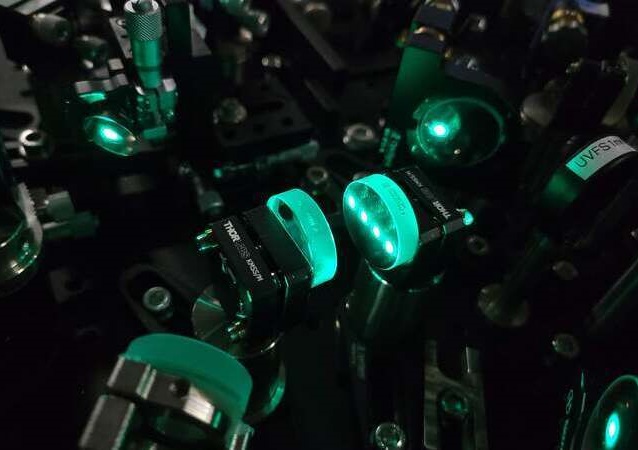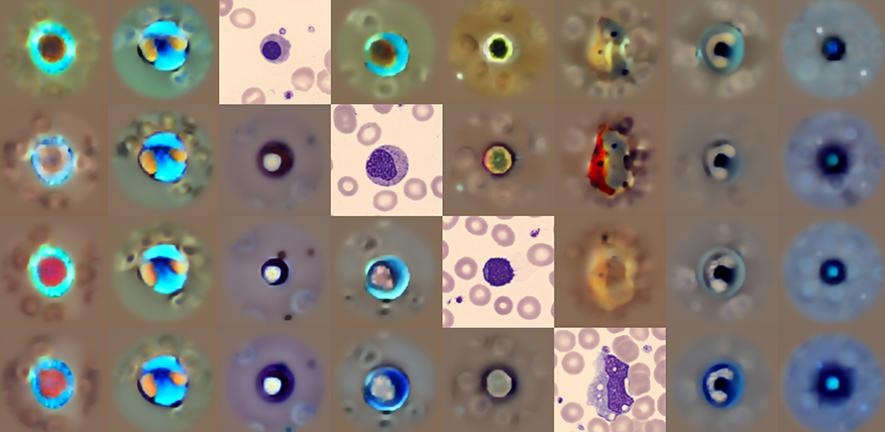Faster Measurement of Vibrational Fingerprint of Molecules to Advance Biomedical Diagnostics
Posted on 25 Oct 2024

Identifying different types of molecules and cells is a vital process in both basic and applied science. Raman spectroscopy serves as a widely utilized measurement technique for this purpose. When a laser beam is directed at molecules, the light interacts with the vibrations and rotations of molecular bonds, causing a shift in the frequency of the scattered light. The resulting scattering spectra act as a unique “vibrational fingerprint” for each molecule. Despite its widespread use, there have been numerous efforts to enhance Raman spectroscopy, particularly because one of its main limitations is the measurement rate, which often prevents it from keeping pace with rapid changes in certain chemical and physical reactions. Now, scientists have successfully increased the measurement rate of Raman spectroscopy, paving the way for advancements in various applications such as ultrafast measurements of irreversible phenomena, high-speed hyperspectral Raman imaging, and high-throughput Raman flow cytometry.
Scientists at the Institute for Photon Science and Technology at the University of Tokyo (Tokyo, Japan) set to improve the measurement rate of Raman spectroscopy by building a system from scratch and managed to achieve a 100-fold increase. Since measurement rate has been a critical limitation, this enhancement could facilitate progress in numerous fields that depend on identifying molecules and cells, including biomedical diagnostics and material analysis. Drawing on their expertise in optics and photonics, the scientists integrated three key components: coherent Raman spectroscopy, which generates stronger signals than traditional spontaneous Raman spectroscopy; a specially designed ultrashort pulse laser; and time-stretch technology utilizing optical fibers. The results, published in the journal Ultrafast Science, show that the researchers achieved a measurement rate of 50 MSpectra/s (megaspectra per second), which is a 100-fold increase compared to the previous fastest measurement of 50 kSpectra/s (kilospectra per second). This advancement holds significant potential across a range of applications.
“We aim to apply our spectrometer to microscopy, enabling the capture of 2D or 3D images with Raman scattering spectra,” said Takuro Ideguchi of the Institute for Photon Science and Technology at the University of Tokyo, who was the principal investigator of the study. “Additionally, we envision its use in flow cytometry by combining this technology with microfluidics. These systems will enable high-throughput, label-free chemical imaging and spectroscopy of biomolecules in cells or tissues.”














